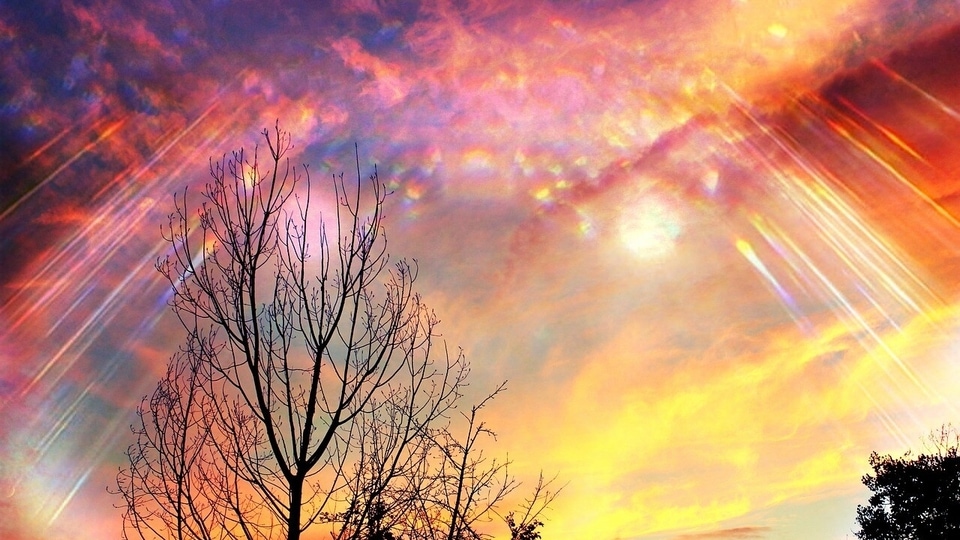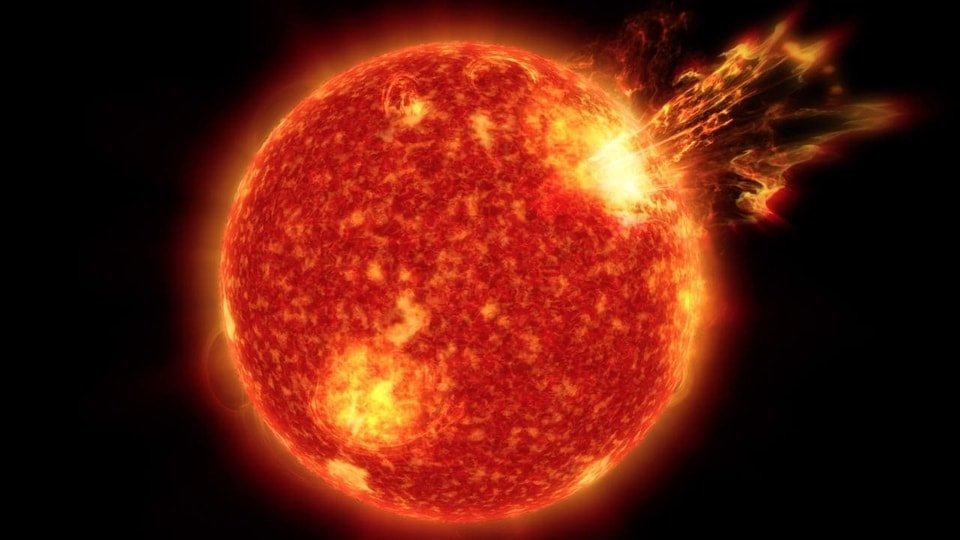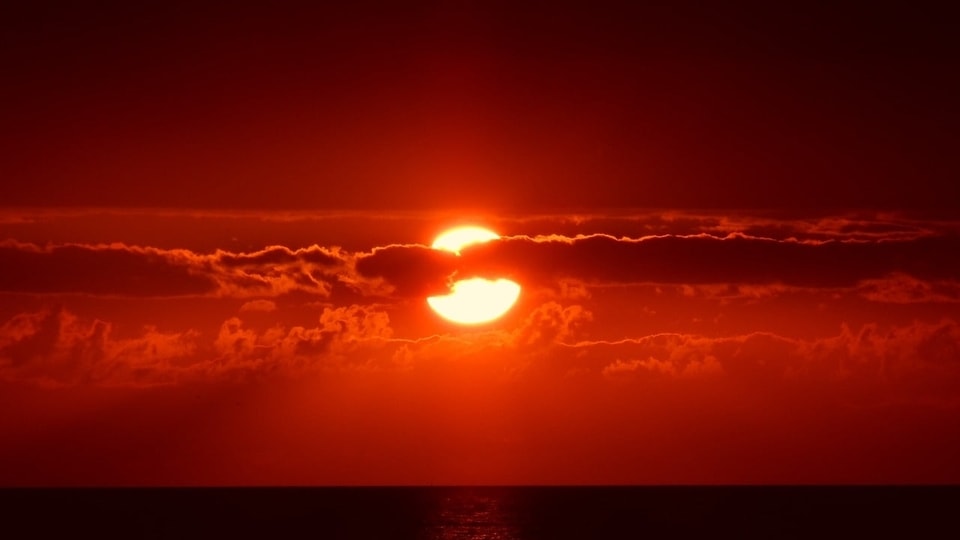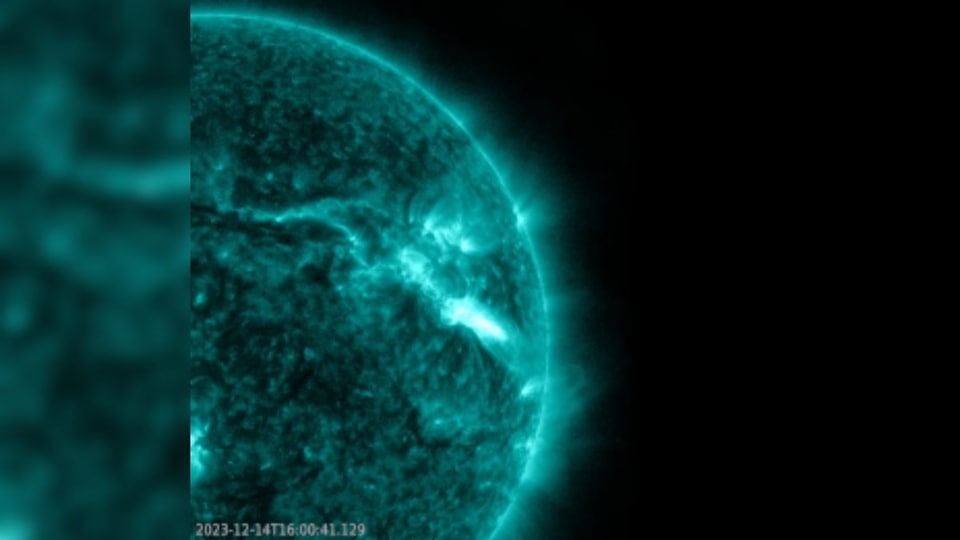Terrifying X-class solar flare hits Earth, sparks radio blackout across US, says NASA
A dangerous X-class solar flare that is being called “one of the strongest ever recorded” hit Earth a few days ago and caused radio disturbances across the US. Know all about it.






 View all Images
View all ImagesThe Sun has been showing all its might for the past couple of months and as we approach the solar maximum, which will likely occur in 2025, its wrath is only expected to increase. The solar maximum is the period of greatest solar activity during the Sun's 11-year cycle. At solar max, the changes in the Sun's magnetic field result in more solar activity such as sunspots, CMEs, eruptions, and more. The effects of this rising solar activity were seen a few days ago as NASA and the National Oceanic and Atmospheric Administration (NOAA) recorded the strongest solar flare of this solar cycle 25. Know all about it.
Solar flare captured
According to NOAA, the solar flare that was emitted from the Sun's surface was of X2.8 intensity which originated from the Active solar region 2514, and hit Earth on December 14. It is being called one of the strongest solar flares ever recorded, and the highest in intensity since September 10, 2017, when an X8.2 flare was observed at GOES-15. But why is it dangerous? For the unaware, X-class solar flares are the most intense flares which can result in long-lasting radiation storms.
The NASA Solar Dynamics Observatory (SDO) captured the flare, which carries a full suite of instruments to observe the Sun and has been doing so since 2010. It uses three very crucial instruments to collect data from various solar activities. The solar flare not only hit Earth but ionized the top of Earth's atmosphere and caused shortwave radio disturbances across the US.
The NOAA report states, “An X2.8 flare (R3) occurred from Region 3514; located over the far NW area of the Sun. This is likely one of the largest solar radio events ever recorded. Radio communication interference with aircraft were reported by multiple NWS Center Weather Service Units (CWSU) co-located at FAA facilities. These impacts were felt from one end of the Nation to the other. Additionally, SWPC is analyzing a possible Earth-directed Coronal Mass Ejection (CME) associated with this flare.”
X-class solar flares: Are they dangerous?
X-class solar flares can create radiation storms which have the potential to not only harm the satellites but also give small doses of radiation to the people flying in airplanes at the time! Moreover, these devastating flares can disrupt global communications and bring down the power grids to create blackouts.
If the X-class flares are too strong, they can result in loops that are ten times as big as Earth which leaps off the Sun's surface as the magnetic fields cross over, according to NASA. When these loops reconnect, they can produce as much energy as a billion hydrogen bombs!
Catch all the Latest Tech News, Mobile News, Laptop News, Gaming news, Wearables News , How To News, also keep up with us on Whatsapp channel,Twitter, Facebook, Google News, and Instagram. For our latest videos, subscribe to our YouTube channel.
































